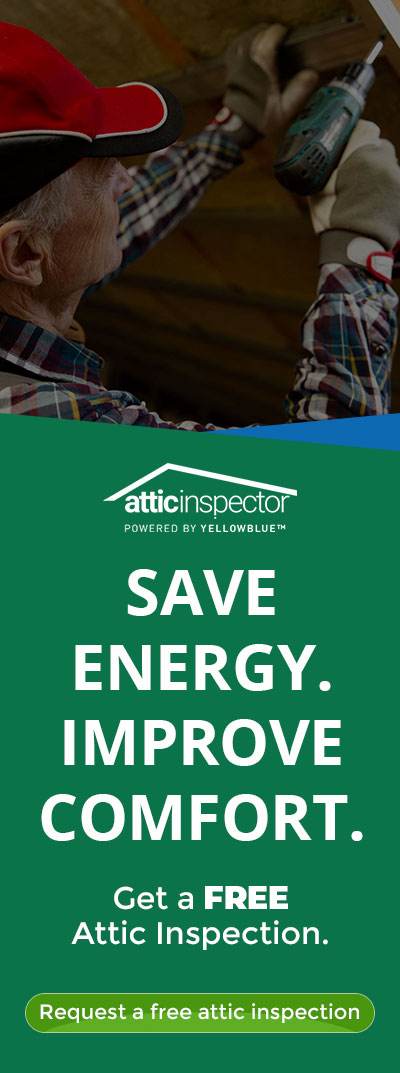Pick-up any fashion magazine, or visit the thousands of style blogs a host of self-proclaimed fashionistas are writing. You’ll instantaneously know what to expect to see what is trending for fall. Skirts will be shorter, lines will be cleaner and feathers are back. Great, great, great. But what about more important tends…the ones that will genuinely impact on the health of our planet? The trends one doesn’t have to be classified as a treehugger to know or care about.
In case you haven’t heard incandescent bulbs are out bigtime. By this time next year, heir construction will be halted and they will be harder to find. Yet, they are still available at lighting and hardware stores all over the place. And most consumers continue to purchase them. Surely they know we are in the midst of an energy crisis. They must notice that the price of electricity has risen significantly. I’m sure consumers have, at least, heard of LED lighting. So what’s the problem making the switch?
First of all, we should all be aware that lighting accounts for about 25% of our electric bill. Though they may be a bit more expensive to purchase, LED lighting can add up to big savings in the long run. Because they last longer and are more energy efficient we can expect to recoup additional purchasing dollars almost immediately.
People may also shy away from LED bulbs, is because the light they disburse is directional, sort of like mini spotlights. Each day, however, more and more non-directional led bulbs become available and those that don’t usually come with diffusers that are really effective in distributing light just like incandescent bulbs. Interestingly, many consumers have chosen to use Contained Fluorescent Lighting (CFl) bulbs. In reality these bulbs are not much different than traditional incandescent bulbs with one major exception….CFLs contain and give-off mercury.. For that reason, they can be deemed dangerous.
Another misconception regarding LED bulbs is that they are not compatible with most types of bulb fittings in lamps, sconces, and other fixtures. This is blatantly false. They are completely compatible with all types of lighting sockets.
The one thing that is always trending is Money. Who knows, maybe the money you save on LED lighting will ultimately allow you to purchase something at New York Fashion Week. Think of how great that would be and the spotlight, an LED spotlight in this case, will be on you!


